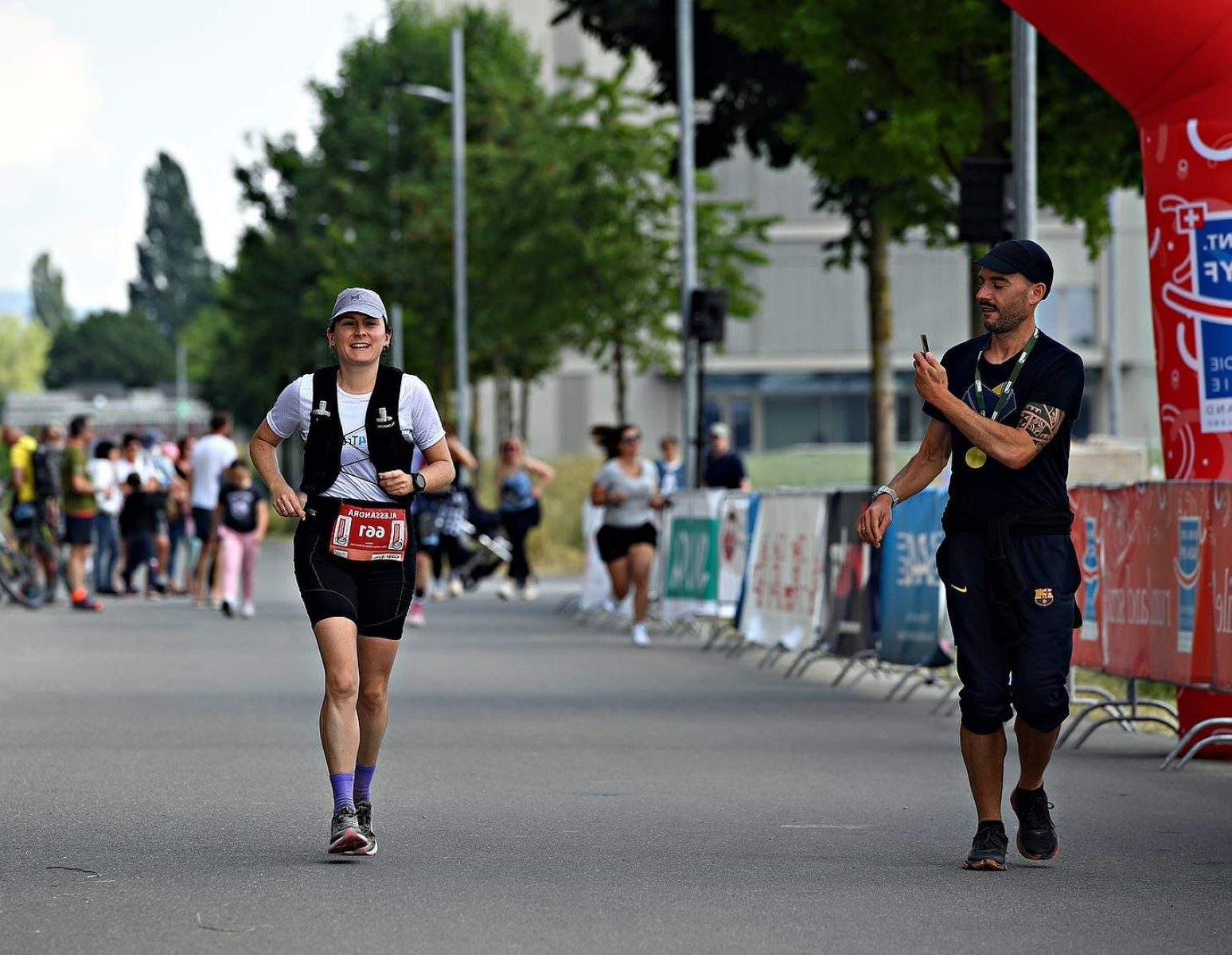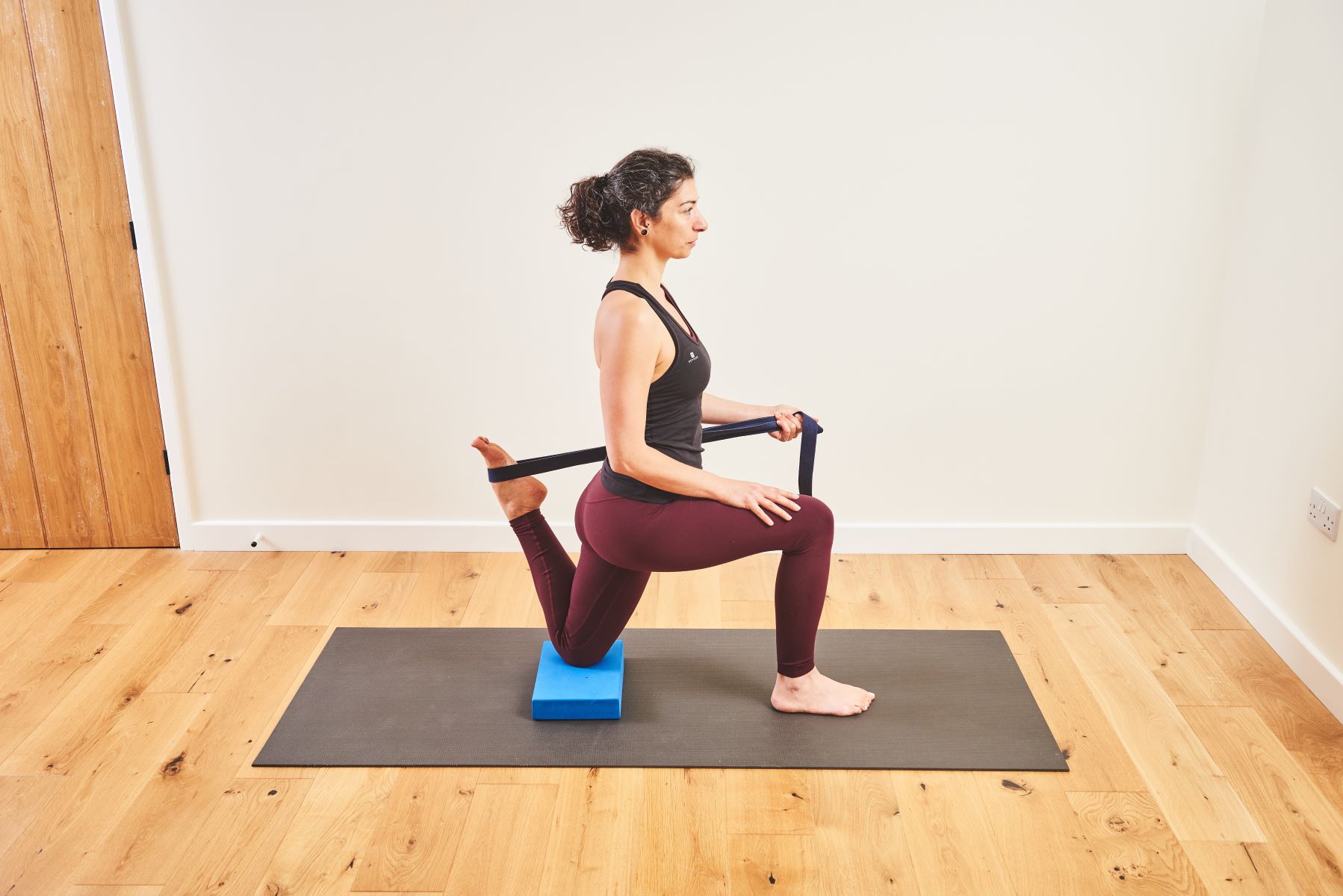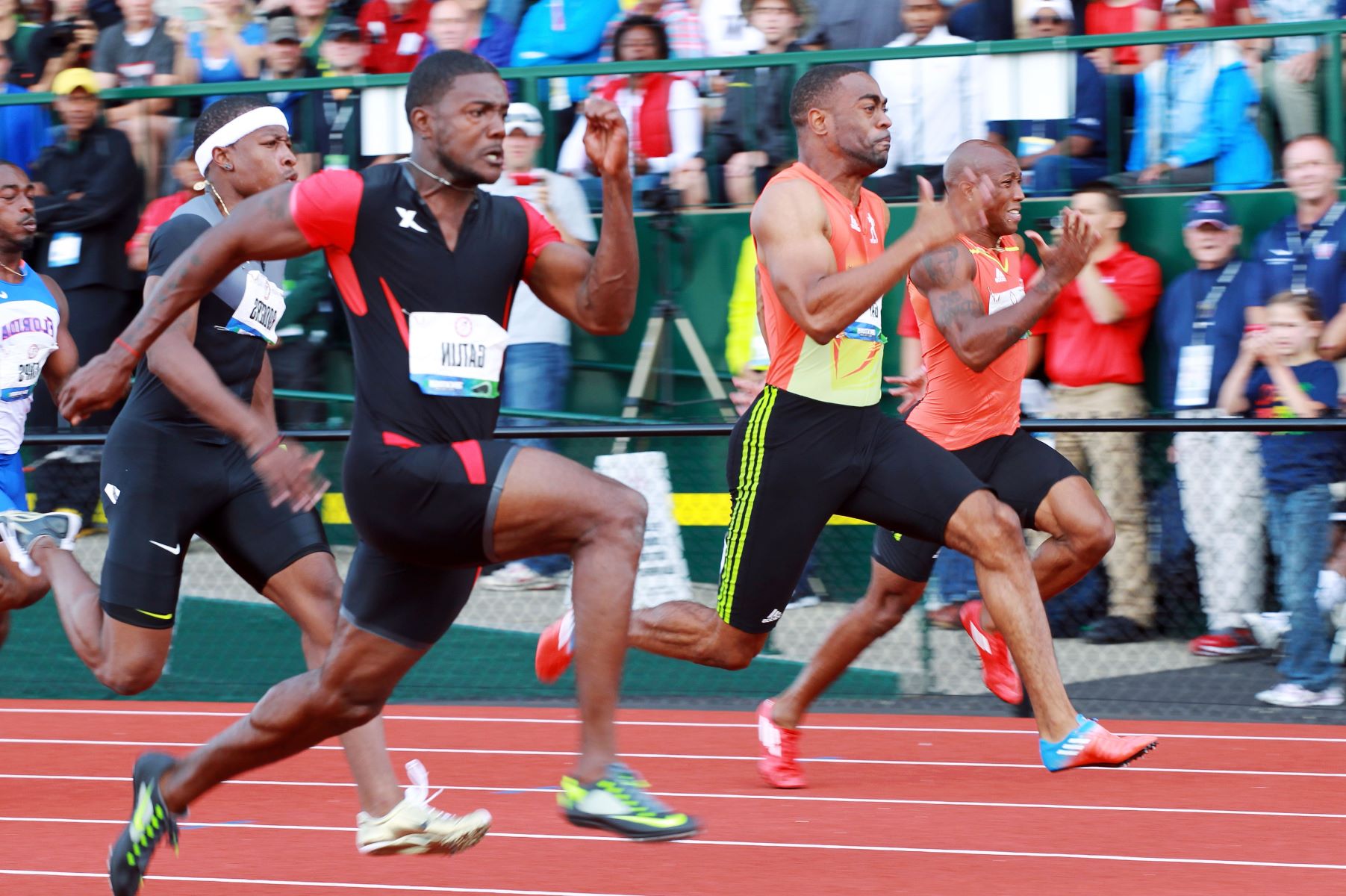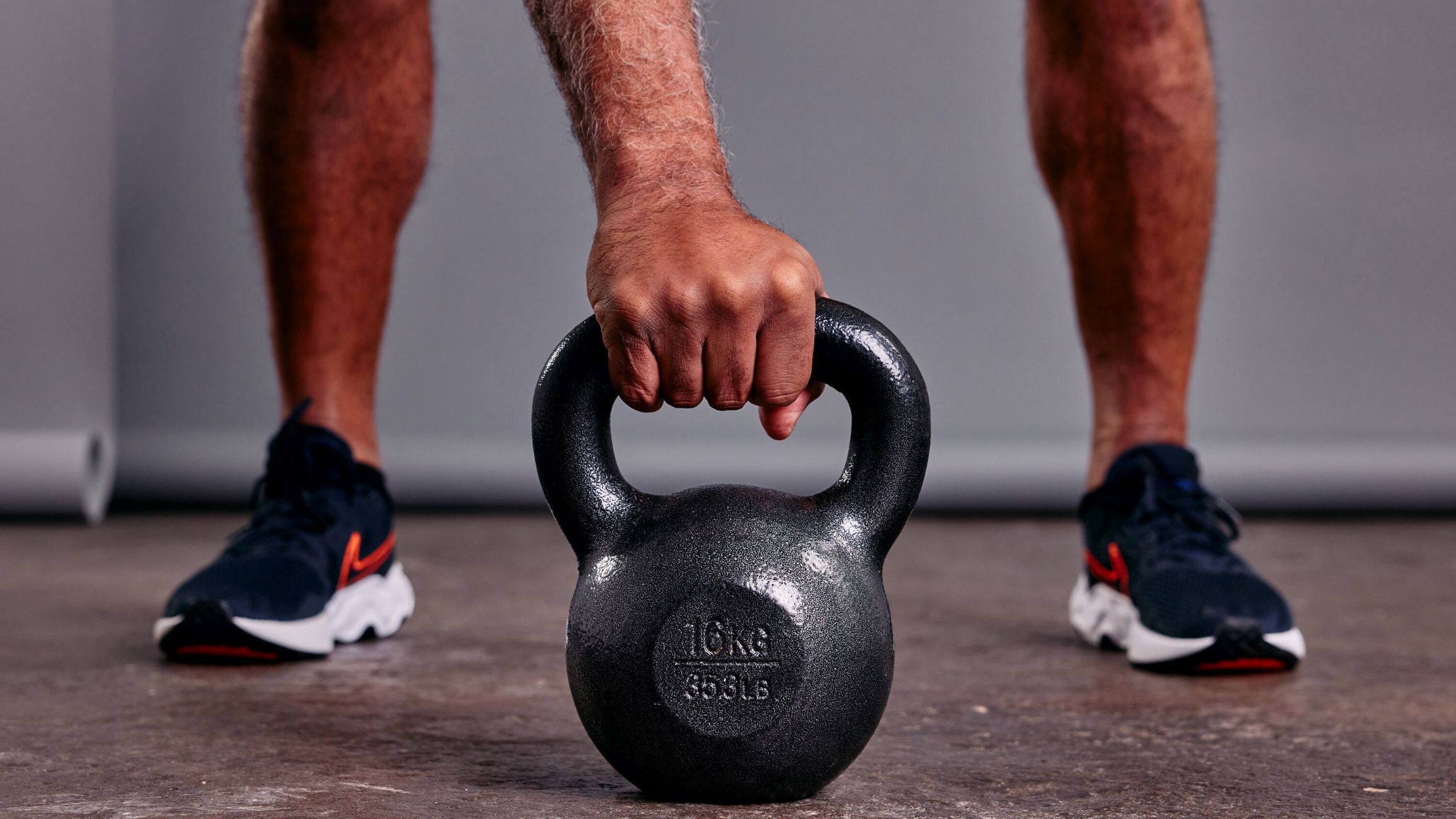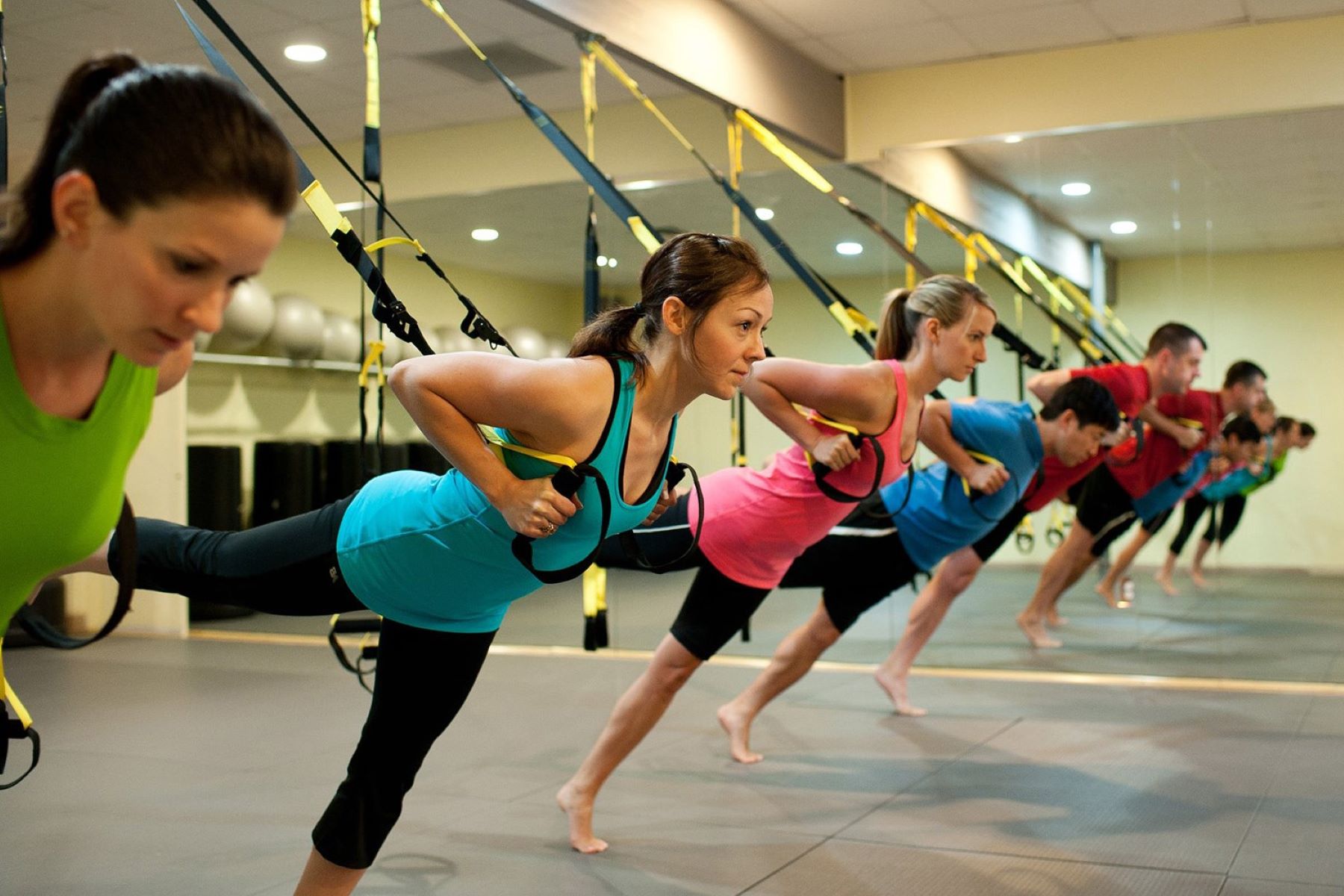Home>Training & Techniques>Training Plans>Improve Your Fitness, Speed, And Strength With 3-Week Running Workout Cycles


Training Plans
Improve Your Fitness, Speed, And Strength With 3-Week Running Workout Cycles
Published: February 29, 2024
Enhance your fitness, speed, and strength with our 3-week running workout cycles. Discover effective training plans to achieve your goals. Start today!
(Many of the links in this article redirect to a specific reviewed product. Your purchase of these products through affiliate links helps to generate commission for Therunningadvisor.com, at no extra cost. Learn more)
Table of Contents
Introduction
Embarking on a journey to improve your fitness, speed, and strength through a 3-week running workout cycle can be an exhilarating and rewarding experience. Whether you're a seasoned runner or just starting out, this structured approach can help you achieve your fitness goals while keeping your training varied and engaging.
The 3-week running workout cycle is designed to optimize your performance by focusing on different aspects of running in each week. By strategically alternating between building endurance, increasing speed, and maximizing strength, this cycle ensures a well-rounded approach to improving your overall running capabilities.
Throughout this article, we will delve into the intricacies of each week within the running workout cycle, providing valuable insights and practical tips to help you make the most of your training. From enhancing your endurance and stamina to boosting your speed and power, and finally, maximizing your strength and recovery, each week is carefully crafted to elevate your running performance to new heights.
Whether you're aiming to conquer a new personal best in a race, enhance your overall fitness level, or simply enjoy the invigorating experience of running, this 3-week workout cycle offers a structured and effective approach to help you achieve your aspirations. With dedication, perseverance, and the right guidance, you can unlock your full potential and experience the transformative power of this dynamic running workout cycle.
As we embark on this journey together, let's explore the intricacies of each week within the 3-week running workout cycle, uncovering the strategies and techniques that will propel you toward your fitness, speed, and strength goals. Get ready to lace up your running shoes and embrace the exhilarating challenge that awaits as we dive into the transformative world of the 3-week running workout cycle.
Understanding the 3-Week Running Workout Cycle
The 3-week running workout cycle is a meticulously structured training regimen designed to optimize running performance by targeting specific aspects of fitness over a three-week period. This cycle is strategically divided into three distinct phases, each focusing on building endurance, increasing speed, and maximizing strength and recovery. By incorporating a variety of training techniques and intensities, this cycle aims to enhance overall running capabilities and achieve peak performance.
During the first week of the cycle, the primary emphasis is on building endurance and stamina. This phase involves moderate-intensity runs aimed at increasing aerobic capacity and laying a solid foundation for the subsequent weeks. By gradually extending the duration of runs and incorporating steady-state cardio, runners can enhance their cardiovascular endurance and mental resilience, setting the stage for more intense training in the following weeks.
In the second week, the focus shifts to increasing speed and power. This phase introduces high-intensity interval training (HIIT) and tempo runs, which are designed to elevate anaerobic threshold and improve running economy. By incorporating short bursts of intense effort followed by brief recovery periods, runners can enhance their speed, explosiveness, and overall performance. This week's training is instrumental in pushing the boundaries of speed and unlocking untapped potential.
The third and final week of the cycle is dedicated to maximizing strength and recovery. This phase integrates strength training exercises, cross-training activities, and ample rest to facilitate muscle recovery and adaptation. By incorporating strength-focused workouts, such as hill sprints and resistance training, runners can enhance muscular endurance, improve running form, and reduce the risk of injury. Additionally, prioritizing recovery through rest and active recovery sessions allows the body to rejuvenate and adapt to the demands of training, ensuring readiness for the next cycle.
Understanding the 3-week running workout cycle involves recognizing the synergistic progression of each phase and its role in enhancing overall running performance. By strategically alternating between building endurance, increasing speed, and maximizing strength, this cycle offers a comprehensive approach to improving fitness, speed, and strength. Embracing the nuances of each phase and tailoring training to individual capabilities can unlock the full potential of this dynamic workout cycle, propelling runners toward their fitness aspirations and empowering them to conquer new milestones with confidence and vigor.
Week 1: Building Endurance and Stamina
During the first week of the 3-week running workout cycle, the primary focus is on building endurance and stamina, laying a solid foundation for the subsequent phases of the training regimen. This initial phase is instrumental in enhancing aerobic capacity, mental resilience, and overall endurance, setting the stage for more intense training in the following weeks.
The training sessions in week 1 are characterized by moderate-intensity runs aimed at extending the duration of aerobic activity. These runs may include steady-state cardio, long-distance runs, and tempo runs designed to challenge the cardiovascular system and improve endurance. By gradually increasing the duration and intensity of these runs, runners can enhance their aerobic capacity, improve oxygen utilization, and strengthen their mental fortitude.
Incorporating endurance-building workouts during week 1 not only enhances physical stamina but also cultivates mental resilience, preparing runners for the challenges ahead. The prolonged duration of these runs encourages mental focus, discipline, and the ability to push through discomfort, essential qualities for long-distance running and endurance events.
Moreover, week 1 serves as an opportunity to fine-tune running form, pacing strategies, and breathing techniques. By maintaining a steady pace and focusing on efficient breathing patterns during longer runs, runners can optimize their energy expenditure and improve overall running economy. This attention to form and technique lays the groundwork for improved performance in subsequent phases of the training cycle.
Additionally, week 1 provides an ideal platform for runners to acclimate to the demands of the training regimen, gradually building physical and mental resilience without overwhelming the body. This gradual progression minimizes the risk of overtraining and injury, ensuring that runners can adapt to the increasing demands of the subsequent weeks effectively.
As week 1 draws to a close, runners emerge with enhanced endurance, improved aerobic capacity, and a heightened sense of mental fortitude. The foundation laid during this phase sets the stage for the dynamic progression of the 3-week running workout cycle, propelling runners toward their fitness, speed, and strength goals with confidence and determination.
In summary, week 1 of the 3-week running workout cycle is a pivotal phase focused on building endurance and stamina. Through carefully structured training sessions, runners enhance their aerobic capacity, mental resilience, and running economy, laying a robust foundation for the intensified training to come. This phase not only cultivates physical endurance but also fosters mental fortitude, setting the stage for a transformative journey toward peak running performance.
Week 2: Increasing Speed and Power
In the second week of the 3-week running workout cycle, the focus shifts to increasing speed and power, marking a pivotal phase in the overall training regimen. This week is strategically designed to elevate anaerobic threshold, improve running economy, and enhance overall speed and explosiveness.
The training sessions in week 2 introduce high-intensity interval training (HIIT) and tempo runs, which are instrumental in pushing the boundaries of speed and unlocking untapped potential. HIIT sessions involve short bursts of intense effort followed by brief recovery periods, challenging the body to adapt to higher speeds and increased exertion. These sessions not only enhance cardiovascular fitness but also improve the body's ability to utilize oxygen more efficiently, leading to improved overall performance.
Additionally, tempo runs, characterized by sustained efforts at a challenging pace, further contribute to increasing speed and power. These runs are designed to improve lactate threshold, allowing runners to sustain higher speeds for longer durations. By incorporating tempo runs into the training regimen, runners can enhance their ability to maintain a challenging pace, ultimately leading to improved race performance and overall running capabilities.
Moreover, week 2 serves as an opportunity to focus on running mechanics and form. By incorporating speed-focused drills and technique work, runners can refine their running mechanics, optimize stride length, and improve running efficiency. Attention to running form not only reduces the risk of injury but also contributes to improved speed and power output, enabling runners to achieve peak performance.
Furthermore, the intensified training in week 2 challenges runners to push beyond their comfort zones, fostering mental resilience and fortitude. The ability to sustain high speeds and exert maximal effort during training sessions cultivates mental toughness, preparing runners for the rigors of race day and demanding training sessions in subsequent weeks.
As week 2 draws to a close, runners emerge with heightened speed, improved anaerobic threshold, and enhanced running economy. The focus on increasing speed and power during this phase sets the stage for a transformative progression in overall running capabilities, propelling runners toward their fitness, speed, and strength goals with confidence and determination.
In summary, week 2 of the 3-week running workout cycle is a pivotal phase focused on increasing speed and power. Through high-intensity interval training, tempo runs, and attention to running mechanics, runners elevate their anaerobic threshold, improve running economy, and enhance overall speed and explosiveness. This phase not only fosters physical adaptations but also cultivates mental resilience, setting the stage for a dynamic progression toward peak running performance.
Week 3: Maximizing Strength and Recovery
In the third and final week of the 3-week running workout cycle, the focus shifts to maximizing strength and recovery, marking a crucial phase in the overall training regimen. This week is strategically designed to integrate strength training exercises, cross-training activities, and ample rest to facilitate muscle recovery and adaptation, ensuring runners are primed for the next cycle of training.
The training sessions in week 3 incorporate strength-focused workouts aimed at enhancing muscular endurance, improving running form, and reducing the risk of injury. Strength training exercises such as hill sprints, plyometric drills, and resistance training are instrumental in developing lower body strength, power, and overall muscular resilience. By targeting key muscle groups involved in running, these exercises contribute to improved running economy, reduced fatigue, and enhanced performance.
In addition to strength training, cross-training activities such as cycling, swimming, or yoga are integrated into the regimen to provide a well-rounded approach to fitness and recovery. Cross-training not only offers a break from the repetitive impact of running but also promotes overall muscular balance, flexibility, and mental rejuvenation. These activities complement running by engaging different muscle groups, reducing the risk of overuse injuries, and enhancing overall fitness.
Furthermore, ample rest and active recovery sessions play a pivotal role in maximizing strength and recovery during week 3. Prioritizing rest allows the body to rejuvenate and adapt to the demands of training, ensuring that runners are fully recovered and prepared for the next cycle of intense workouts. Active recovery sessions, such as gentle yoga, foam rolling, or mobility exercises, aid in promoting circulation, reducing muscle soreness, and enhancing flexibility, contributing to overall recovery and readiness for subsequent training.
Moreover, week 3 serves as an opportunity to focus on mental rejuvenation and mindfulness. Embracing relaxation techniques, meditation, and visualization exercises can help runners alleviate mental fatigue, reduce stress, and cultivate a positive mindset. Mental rejuvenation plays a crucial role in overall recovery, ensuring that runners are mentally prepared and motivated for the challenges ahead.
As week 3 draws to a close, runners emerge with enhanced muscular strength, improved recovery, and a rejuvenated mindset. The focus on maximizing strength and recovery during this phase sets the stage for a transformative progression in overall running capabilities, propelling runners toward their fitness, speed, and strength goals with confidence and resilience.
In summary, week 3 of the 3-week running workout cycle is a pivotal phase focused on maximizing strength and recovery. Through strength training, cross-training activities, ample rest, and mental rejuvenation, runners enhance muscular strength, promote recovery, and cultivate a positive mindset. This phase not only fosters physical adaptations but also ensures that runners are mentally and physically prepared for the challenges ahead, setting the stage for a dynamic progression toward peak running performance.
Read more: Improve Your 5K Speed With This Workout
Tips for Success
Achieving success in a 3-week running workout cycle requires dedication, strategic planning, and a holistic approach to training. Here are essential tips to maximize your performance and make the most of this dynamic training regimen:
-
Listen to Your Body: Pay close attention to your body's signals during training. If you experience persistent fatigue, discomfort, or pain, it's crucial to prioritize rest and recovery to prevent overtraining and potential injury.
-
Stay Hydrated and Nourished: Proper hydration and nutrition are fundamental for sustaining energy levels and supporting recovery. Ensure adequate intake of water, electrolytes, and nutrient-dense foods to fuel your training and optimize performance.
-
Quality Sleep: Prioritize quality sleep to facilitate physical and mental recovery. Aim for 7-9 hours of uninterrupted sleep each night to support muscle repair, hormone regulation, and cognitive function.
-
Cross-Training: Incorporate cross-training activities such as swimming, cycling, or yoga to complement your running regimen. Cross-training helps prevent overuse injuries, promotes muscular balance, and offers mental rejuvenation.
-
Dynamic Warm-Up and Cool Down: Prior to each training session, engage in a dynamic warm-up to prepare your body for the demands of the workout. Following the workout, dedicate time to a thorough cool-down to aid in muscle recovery and flexibility.
-
Consistency is Key: Stay consistent with your training schedule and adhere to the principles of the workout cycle. Consistent training promotes physiological adaptations and gradual improvement in performance.
-
Set Realistic Goals: Establish realistic and measurable goals for each phase of the training cycle. Whether it's improving your endurance, increasing speed, or enhancing strength, setting achievable targets will keep you motivated and focused.
-
Mindfulness and Mental Resilience: Cultivate a positive mindset and practice mindfulness techniques to manage stress and enhance mental resilience. Visualization and positive affirmations can bolster confidence and motivation during challenging workouts.
-
Recovery Strategies: Implement effective recovery strategies such as foam rolling, massage, and active recovery sessions to alleviate muscle soreness and promote circulation. Prioritize recovery to ensure readiness for subsequent training.
-
Seek Professional Guidance: If possible, consult with a certified running coach or fitness professional to tailor the training cycle to your individual capabilities and goals. Professional guidance can provide valuable insights and personalized strategies for optimal performance.
By integrating these tips into your training approach, you can optimize your performance, minimize the risk of injury, and embark on a transformative journey toward achieving your fitness, speed, and strength aspirations. Embrace the nuances of the 3-week running workout cycle, stay committed to your training, and unlock your full potential as a runner.
Conclusion
In conclusion, the 3-week running workout cycle offers a dynamic and structured approach to enhancing fitness, speed, and strength. Through a carefully orchestrated progression of building endurance, increasing speed, and maximizing strength and recovery, this training regimen provides a comprehensive framework for runners to elevate their performance and achieve their fitness aspirations.
The transformative journey of the 3-week running workout cycle encompasses a holistic approach to training, encompassing physical, mental, and strategic elements. Each phase of the cycle is intricately designed to foster physiological adaptations, mental resilience, and overall running capabilities. From the foundational focus on building endurance and stamina to the intensified training aimed at increasing speed and power, and finally, the emphasis on maximizing strength and recovery, this cycle offers a well-rounded approach to optimizing running performance.
Furthermore, the tips for success provided offer valuable insights into the essential elements of successful training, including listening to the body, prioritizing hydration and nutrition, embracing cross-training, and fostering mental resilience. By integrating these tips into their training approach, runners can maximize their performance, minimize the risk of injury, and embark on a transformative journey toward achieving their fitness, speed, and strength goals.
As runners embrace the nuances of the 3-week running workout cycle and commit to their training with dedication and perseverance, they unlock their full potential and experience the transformative power of structured and strategic running workouts. Whether aiming to conquer new personal bests, enhance overall fitness, or simply enjoy the invigorating experience of running, this dynamic training regimen offers a pathway to success.
In essence, the 3-week running workout cycle serves as a catalyst for growth, resilience, and achievement. By immersing themselves in this structured approach, runners can elevate their running performance, overcome challenges, and emerge as stronger, faster, and more resilient athletes. With the right guidance, commitment, and a steadfast mindset, the 3-week running workout cycle becomes a transformative journey that propels runners toward their fitness, speed, and strength aspirations with unwavering determination and vigor.



